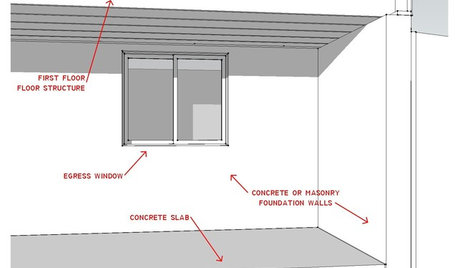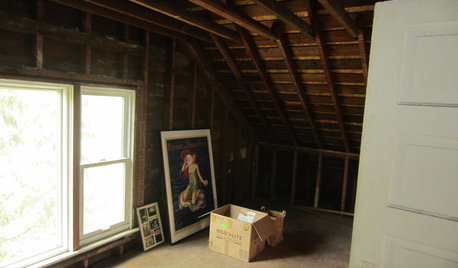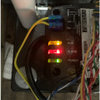Is 40 PSI XPS board a overkill for basement under slab insulation?
mqcola
2 years ago
Featured Answer
Sort by:Oldest
Comments (12)
mqcola
2 years agoRelated Professionals
Holliston Solar Energy Systems · Country Walk General Contractors · Centereach General Contractors · Enumclaw General Contractors · Leavenworth General Contractors · Leon Valley General Contractors · Murrysville General Contractors · Port Washington General Contractors · Springfield General Contractors · Palm River-Clair Mel General Contractors · De Pere Architects & Building Designers · American Fork Flooring Contractors · Chandler Flooring Contractors · Elmhurst Flooring Contractors · Little Falls Flooring Contractorsmqcola
2 years agomqcola
2 years agomqcola
2 years agomqcola
2 years ago
Related Stories

REMODELING GUIDESKnow Your House: The Steps in Finishing a Basement
Learn what it takes to finish a basement before you consider converting it into a playroom, office, guest room or gym
Full Story
GREEN BUILDINGInsulation Basics: Heat, R-Value and the Building Envelope
Learn how heat moves through a home and the materials that can stop it, to make sure your insulation is as effective as you think
Full Story
BASEMENTSDesign Workshop: Is It Time to Let Basements Become Extinct?
Costly and often unnecessary, basements may become obsolete — if they aren’t already. Here are responses to every reason to keep them around
Full Story
MATERIALSInsulation Basics: What to Know About Spray Foam
Learn what exactly spray foam is, the pros and cons of using it and why you shouldn’t mess around with installation
Full Story
REMODELING GUIDESCool Your House (and Costs) With the Right Insulation
Insulation offers one of the best paybacks on your investment in your house. Here are some types to discuss with your contractor
Full Story
REMODELING GUIDES10 Tips for Renovating Your Basement
A professional contractor shares her tips on what to consider before you commit to a basement remodel
Full Story
KITCHEN DESIGN11 Must-Haves in a Designer’s Dream Kitchen
Custom cabinets, a slab backsplash, drawer dishwashers — what’s on your wish list?
Full Story
THE HARDWORKING HOMEWhere to Put the Laundry Room
The Hardworking Home: We weigh the pros and cons of washing your clothes in the basement, kitchen, bathroom and more
Full Story
FLOORSFloors Warm Up to Radiant Heat
Toasty toes and money saved are just two benefits of radiant heat under your concrete, wood or tile floors
Full Story
Houzz Call: What Gives You the Creeps at Home?
Halloween horror got nothing on your basement, attic or closet? Show us that scary spot you steer clear of
Full Story







HU-867564120